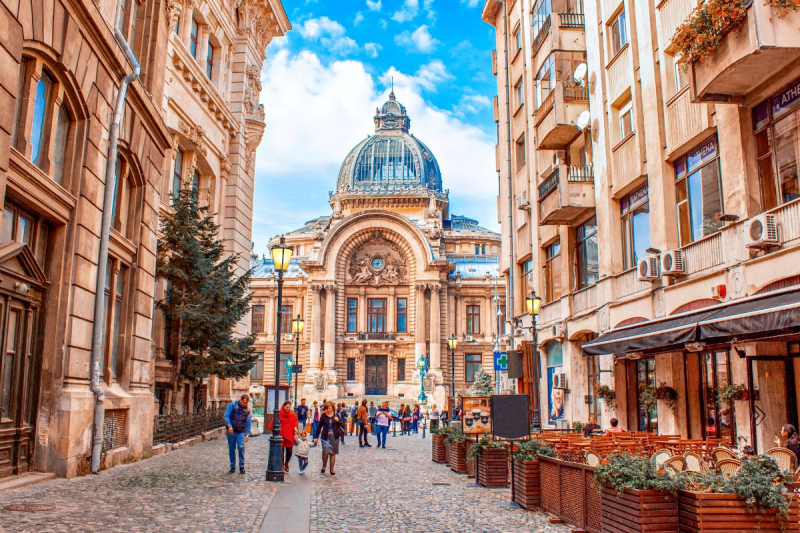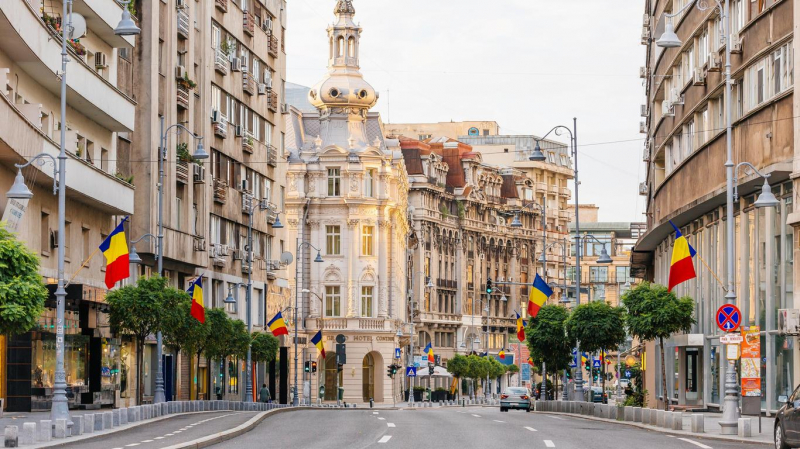Bucharest
Romania's capital, Bucharest, is the sixth-largest city in the EU by population, trailing only London, Berlin, Madrid, Rome, and Paris. The city has a rich history because it was crucial to the outcome of World War II. The city's historic center has been largely destroyed by natural calamities and military operations, but a sizeable portion has survived fires, earthquakes, and aerial bombings.
Bucharest is currently experiencing an economic and cultural boom. Since its transition from communism in 1989, the city has made significant strides toward development. Wheelchair accessibility would not have been feasible just a few years ago. The city has started a program to improve accessibility for both its residents with disabilities and visitors. Wheelchair users can now enter places including the Cismigiu Gardens, Arcul de Triumf, Herăstrău Park, National Museums of Art and History, the Palace of Parliament, and the Village Museum. Public transit that is accessible is also expanding. The global campaign to incorporate people with disabilities into regular life has gained support in Bucharest. The report below contains information that wheelchair users can utilize to reach yet another area of the world that most people assume they cannot.
Country: Romania












